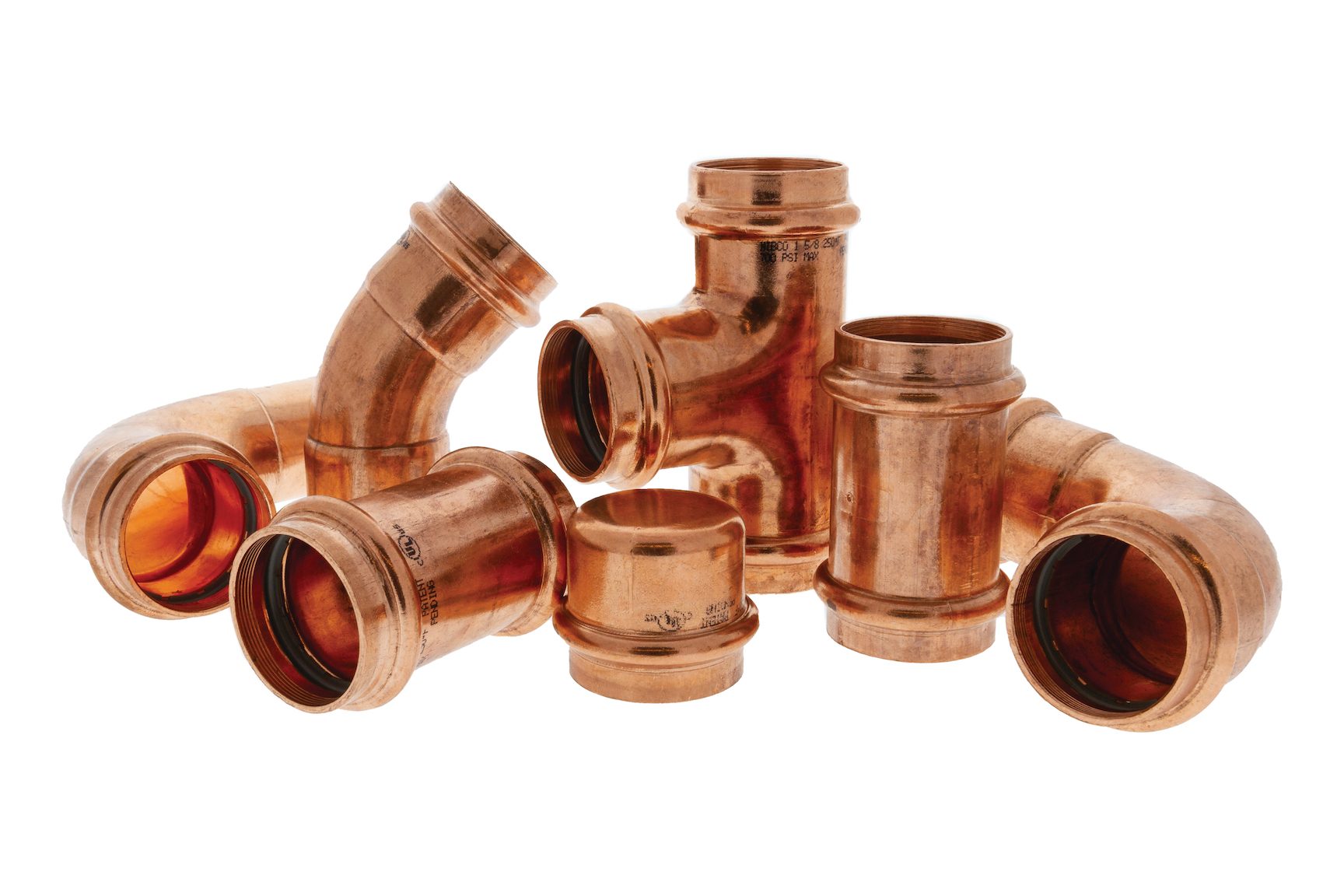
OK - At a Glance.
The Glitch:
A heating designer is asked to create a three zone radiant floor heating system using a single speed 5-ton (60,000 Btu/hr) geothermal water-to-water heat pump as the primary heat source, and a mod/con boiler as the auxiliary heat source. Because of the symmetry of the building, each zone will have a six circuit manifold station with nearly identical circuit lengths. All the floor heating circuits are underfloor tubing with aluminum plates stapled tightly to the underside of the subfloor and well insulated.
The designer sets up a primary secondary system where each heat source connects to the primary loop using a pair of closely spaced tees, as shown in figure 1.

ENLARGE
FIGURE 1
Each manifold station is also supplied from a pair of closely spaced tees installed in parallel “crossovers” of the primary loop. This keeps the supply water temperature to each manifold station approximately equal. The system has a seven identical 1/25 HP circulators.
The two heat sources are controlled by a 2-stage setpoint controller. When there’s a demand for heat from any of the zones that controller looks a the temperature at the supply sensor, and uses the following logic:
Stage 1:
If Ts ≤ 115ºF then heat pump = ON
If Ts ≥ 117ºF the heat pump = OFF
Stage 2:
If Ts ≤ 112ºF then boiler = ON
If Ts ≥ 125ºF the boiler = OFF
When put into operation the the heat pump short cycles. The boiler runs much longer than the heat pump.
Look over the system design closely. Can you spot several details that are either incorrect or missing? Can you propose an alternative design the would accomplish the same goals using less hardware?
Are you an ace troubleshooter?
Within the pages of this magazine, PM’s Hydronics Editor John Siegenthaler, P.E., will pose a question to you, our readers, to review a system’s schematic layout and discover its faults, flaws and defects. Discover archived “The Glitch & The Fix” exercises at its radiant-focused website, www.radiantandhydronics.com. Good luck!
